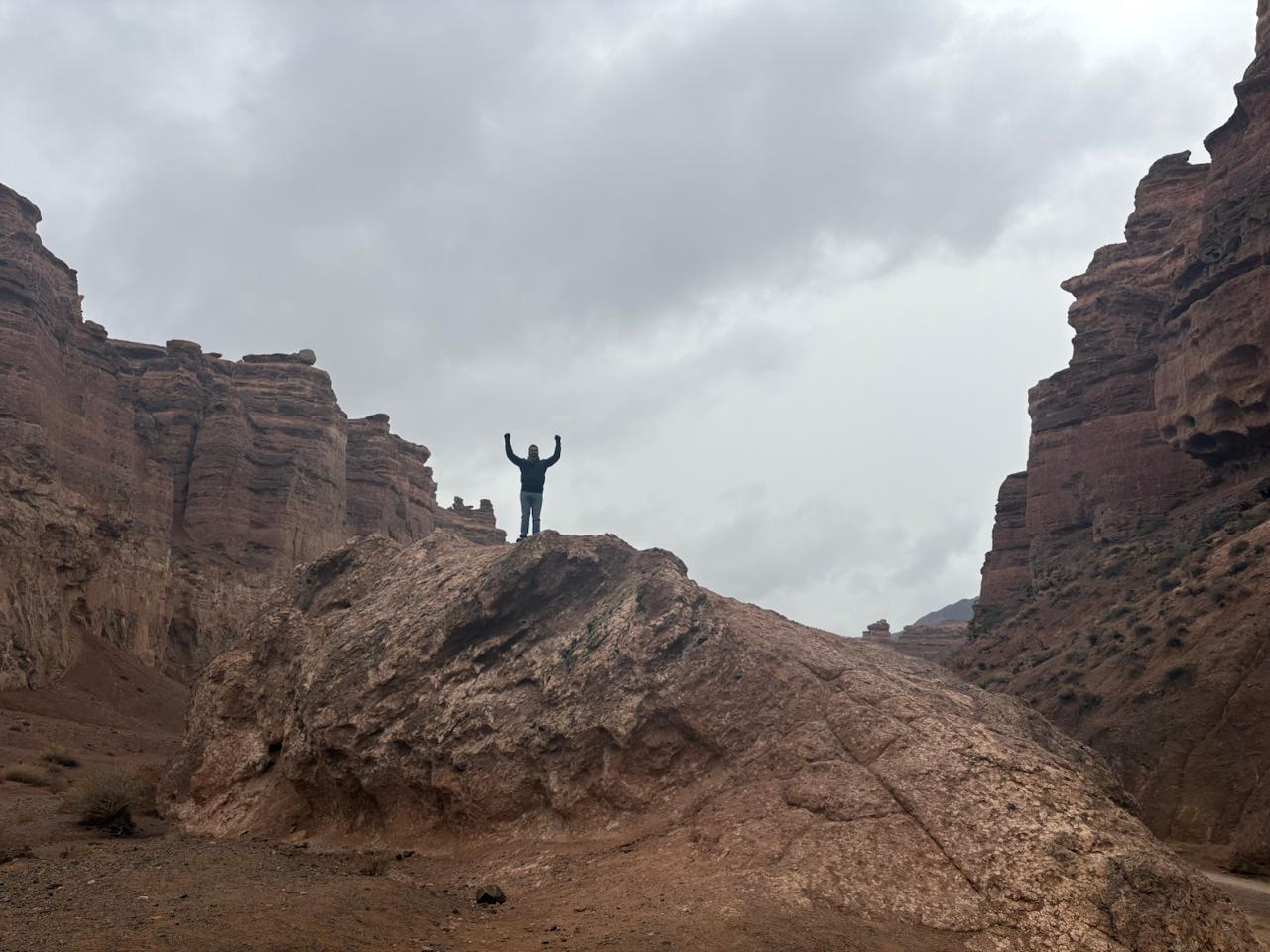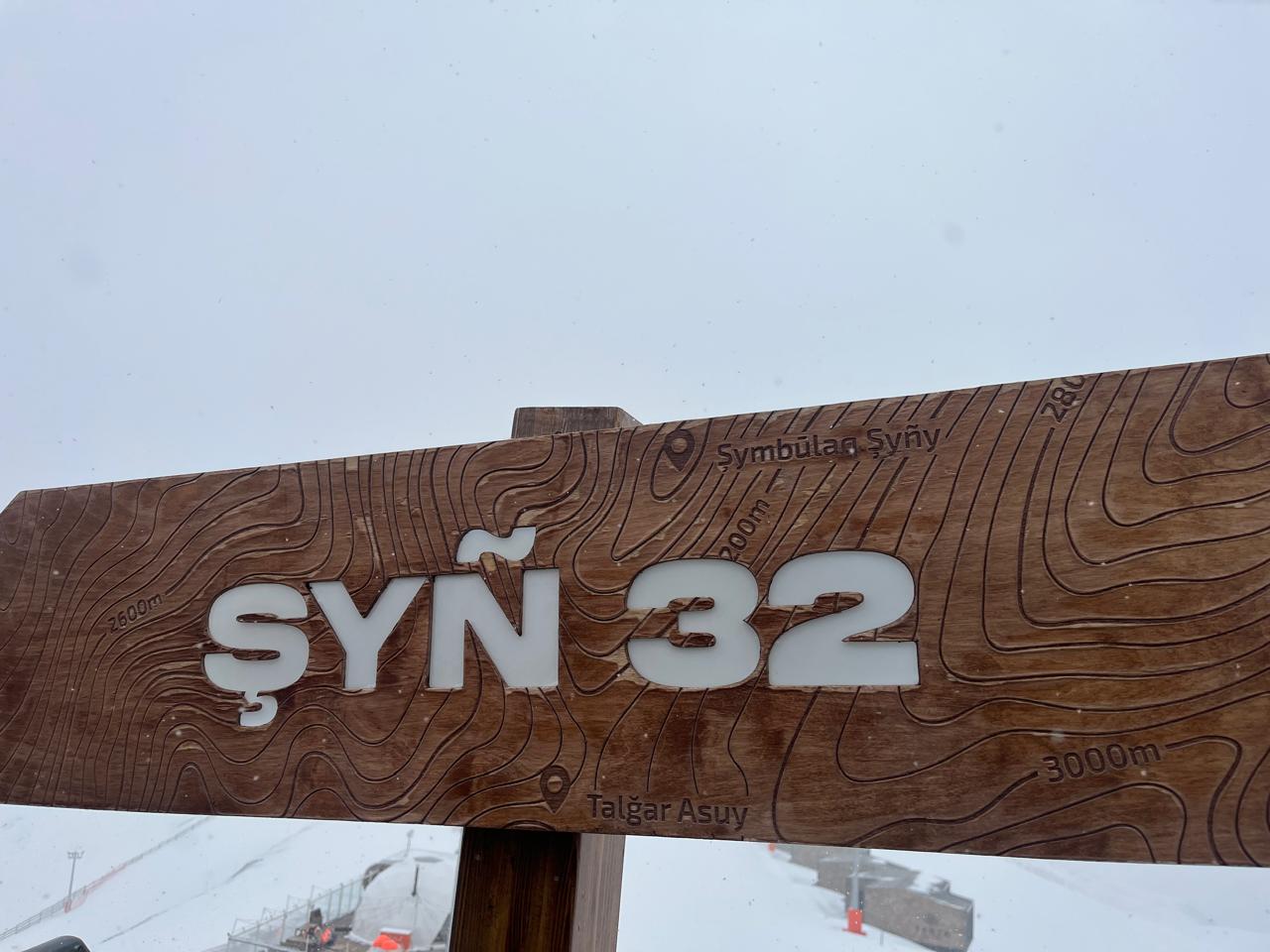Charyn Canyon and Black Canyon, located near Almaty, Kazakhstan, bear a striking resemblance to the Grand Canyon in the United States. The terrain is rugged, layered with sedimentary rock formations, and covered in a fine dust that clings to everything. The colors shift between shades of red, brown, and gray, depending on the sunlight. The canyons were carved over millions of years by the Charyn River, which still flows at the base, creating a stark contrast between the dry cliffs and the narrow strip of water below. The hike is a round trip of about six kilometers, leading through winding paths and steep drops before finally revealing the river at the end. The sight of the water after the arid trek makes the journey worthwhile.

The trek begins at the edge of the canyon, where the path descends sharply into the valley. The dust is thick, and the air is dry, making the hike feel more strenuous than the distance suggests. The rock formations tower overhead, some jagged and others smoothed by erosion. The Black Canyon section is narrower, with walls that seem to close in, while Charyn Canyon opens up into wider vistas. The trail is well-marked but uneven, requiring steady footing. Along the way, there are few signs of vegetation, just occasional shrubs clinging to the rocks. The silence is broken only by the wind and the occasional echo of voices from other hikers.
For those who prefer not to walk the entire distance, UAZ minibuses operate between the canyon’s viewpoints and the river. These Soviet-era vehicles are rugged, bouncing over the unpaved roads with little comfort but reliable efficiency. They save time and energy, especially in the midday heat, though they miss the gradual immersion of the hike. The minibuses drop visitors near the river, where the landscape softens slightly. The Charyn River is narrow but fast-moving, cutting through the rock with a clarity that contrasts the dusty surroundings. The water is cold, and some visitors wade in to cool off before heading back.
The canyons are best visited in the early morning or late afternoon when the light enhances the textures of the rock and the heat is less intense. The entire experience is stark and unembellished, a reminder of how erosion shapes the earth over time. The hike is not particularly long, but the environment makes it memorable. The UAZ minibuses provide an alternative, though walking allows for a slower appreciation of the terrain. Whether trekking or riding, the end result is the same—the sight of the Charyn River, a quiet reward in the middle of the desert-like expanse.

